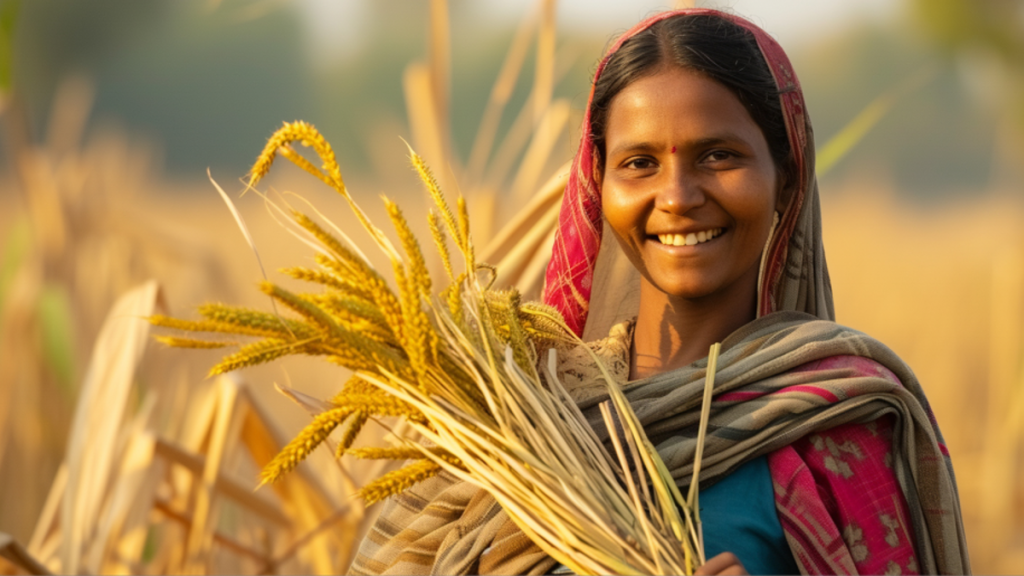The green shoots in the rural economy and the modest cyclical recovery has been dominating headlines across economic circles. The question that comes up now – is this just a blip or is this recovery sustainable? This is because recovery post Covid has been prinarily K-shaped. While there are some factors that offer a glimmer of hope like the FMCG sales volume and Kharif sowing that’s up 10% since last week of June, there are are concerns due to mixed auto sales and lower agri exports.
All eyes are now on the Upcoming Budget. What’s going to be the extent of allocations? Will Finance Minister Nirmala Sitharaman boost the rural economy with higher allocations and push public capex to bring about a greater cyclical recovery?
According to Tanvee Gupta Jain, Chief India Economist at UBS, expects a “cyclical recovery in rural consumption in FY25E, largely led by higher allocations for social sector schemes in the upcoming Union Budget and based on recent states’ budget and election promises, continued double-digit growth in public capex (to support rural jobs), normal monsoons and the likely removal of export bans on agricultural commodities.” That said, she cautions that at UBS they “maintain the view that the recovery in household consumption (in real terms) will remain below trend at 5-6% YoY in FY25/26E.”
The promise of rural aid
Broadly there are expectations that man of the previous schemes, especially the ones that support the rural economy may be continued and there could be higher allocation to boost the recovery cycle. UBS expects the government to expand “previously announced schemes, especially rural housing and rural roads, but within fiscal boundaries. We also expect the central government to maintain double-digit growth in public capex in FY25E (15-20% YoY). Over the past year, many Indian states have (or promised) increased allocation towards welfare schemes, including higher cash transfers to farmers, bonus over MSP and farm loan waivers in addition to increases in their capex spend.“
Welfare, no doubt continues to be a buzzword ahead of the upcoming Budget. Given the way, the current Modi 3.0 Cabinet has to balance politics and prudent fiscal consolidation, all eyes are on the size of the allocations, especially for these rural schemes.
Monsoon support
The other crucial factor that plays a decidedly important role in sprucing up rural demand is Monsoon. It’s raining cats and dogs in many parts of the country and overall it is expected to be a good monsoon this year. The rainfall so far is 2% above normal and projections indicate that the going remains steady, It is expected to not just support output targets but also help shore up demand in rural regions as a result of increased income.
Tanvee Gupta Jain adds that, “Last year’s El Niño related weather aberrations and current low reservoir levels makes this monsoon far more relevant. Summer crop production (c50% share of food grain production) is largely dependent on rainfall during the monsoon season. Good rainfall generally helps boost rural sentiment and thus provides some uplift to rural spending, although not necessarily backed up by a sharp improvement in rural incomes.”
Rate cut if rains support
The UBS report also highlights the “possibility of early rate cut if inflation surprises on the downside.” Although food has a weight of 46% in the CPI, they estimate “22% of the CPI basket is directly impacted by the monsoons. Normal rainfall generally contains food price pressure that has remained above 8% YoY since November 23.” According to Jain, the UBS inflation forecast “trajectory suggests that CPI inflation is tracking at 4.2% YoY versus the RBI’s forecast of 4.5% for FY25, increasing the possibility of a change in policy.”

